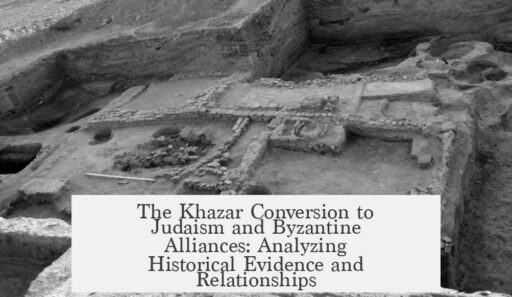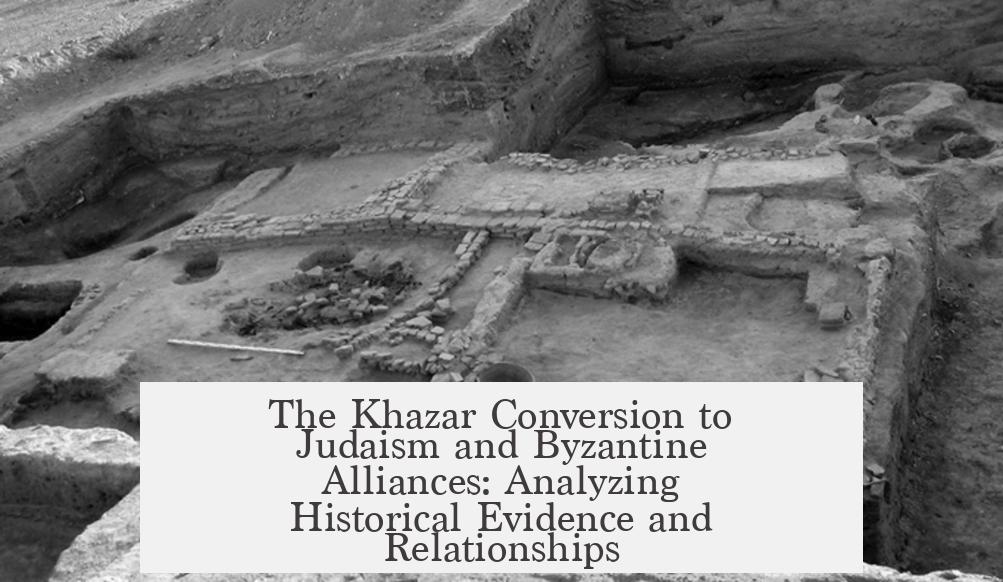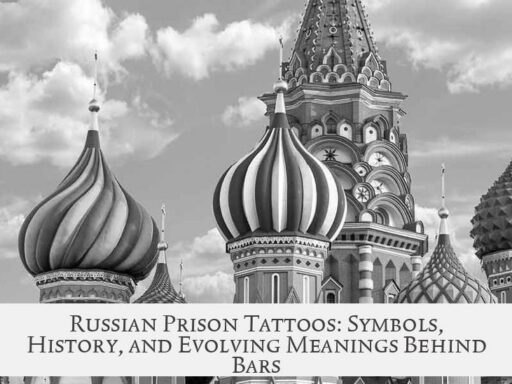Modern scholarship largely accepts that the Khazar ruling elite converted to Judaism during the 8th or 9th centuries. This conclusion rests upon various forms of evidence, including textual sources such as the Khazar Correspondence and archaeological finds like the Moses Coin discovered in Sweden. The Khazar Correspondence, featuring letters between Hasdai ibn Shaprut, a Jewish scholar in the Umayyad court, and Khazar ruler Joseph, provides first-hand insight into the Jewish practice of some Khazar elites and lineage of their rulers. Other contemporaneous sources, such as Muslim geographer al-Iṣṭakhrī’s 10th-century writings, support the claim that the Khazar Khagan bore a Jewish title, adding external corroboration to internal Khazar accounts.
The conversion predominantly affected the Khazar leadership, who practiced Judaism alongside other religious traditions present in their realm, including Islam, Christianity, and indigenous beliefs. The Khazar Khaganate was known for its official policy of religious tolerance, reflecting the multi-ethnic and multi-faith composition of its society. Therefore, Judaism was one component of a pluralistic religious environment rather than a uniform faith adopted by the entire population.
Regarding the extent of Judaism among the general Khazar populace, historians remain divided. Some evidence points to significant Jewish influence in parts of society, but widespread mass conversion has not been definitively proven. The complexity of steppe politics and religious life means that Judaism coexisted with other faiths, especially since the Khazars maintained diplomatic and commercial relations with neighboring Muslim and Christian states.
The Byzantine Empire’s relationship with the Khazars is nuanced and shifts over time. Contrary to assumptions that Byzantium allied with the Khazars during or after their conversion to Judaism, the alliance between the two powers appears to have deteriorated around that period. In the 9th and 10th centuries, the Byzantines positioned themselves against the Khazars, supporting uprisings among groups like the Alans who were under Khazar domination. Therefore, the narrative of the Byzantine Empire, known for its official anti-Jewish policies, forging an alliance or intermarrying with a Jewish Khazar elite requires reconsideration in light of this chronology.
No definitive evidence explains why the Byzantines, who maintained generally hostile attitudes toward Jews, would have allied with or married into the Khazars post-conversion. Given the lack of specific sources on marital alliances tied to the religious identity of the Khazars, one must recognize the complexity of medieval diplomacy. Strategic needs, such as military alliances against common enemies or securing trade routes, may have overridden religious considerations temporarily or partially. Byzantium often practiced pragmatic diplomacy, forging alliances based on geopolitical convenience rather than strict adherence to religious alignments.
The Khazar conversion to Judaism has been the subject of significant controversy and distortion, particularly in modern times. Some antisemitic and anti-Zionist writers employed the Khazar hypothesis to claim that European Ashkenazi Jews descend primarily from Khazars rather than from ancient Judean populations. However, this theory lacks credible literary and genetic support and is widely rejected by scholars today. Its propagation has led to defensive rejections of Khazar Judaism even among some Jewish authors, though these views remain a minority in academia.
Details on religious plurality underscore that the Khazar polity was not a monolith but a complex society made up of diverse groups. Their official religious tolerance aimed to stabilize their multi-ethnic empire rather than impose uniform beliefs. This approach was consistent with many steppe empires of the period, which necessitated flexible policies to manage heterogeneous populations.
| Aspect | Details |
|---|---|
| Likelihood of Conversion | Widely accepted by modern scholars; focused on elite classes |
| Main Evidence | Khazar Correspondence letters; archaeological finds (Moses Coin); contemporary Muslim and Jewish accounts |
| Religious Context | Coexistence of Judaism with Islam, Christianity, traditional beliefs; official Khazar religious tolerance |
| Byzantine Relations | Alliances predate conversion; deteriorated by 9th-10th centuries; Byzantine support for uprisings against Khazars |
| Controversies | Khazar hypothesis misused in antisemitic propaganda; rejected by most scholars |
Key takeaways:
- A significant portion of the Khazar ruling elite converted to Judaism, supported by credible textual and archaeological evidence.
- Khazar society practiced religious tolerance; Judaism was not necessarily the religion of the majority.
- Byzantine-Khazar alliances appear to have declined around the time of Khazar conversion; Byzantium became hostile later.
- No clear evidence explains Byzantine intermarriage with Khazars in a religious context; political pragmatism likely played a role.
- The Khazar conversion narrative has been distorted by antisemitic and political motives but is accepted within scholarly circles as historically plausible.
How Likely Is the Theory That the Khazars Converted to Judaism? And Why Did the Byzantines Ally with Them Despite Their Known Anti-Jewish Stance?
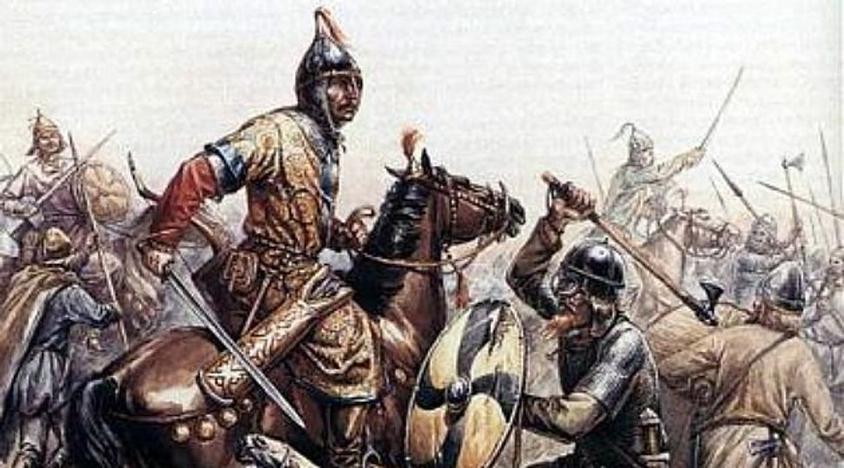
Most modern scholars agree: a significant segment of the Khazar ruling elite did indeed convert to Judaism during the 8th or 9th centuries. This conversion is not just whispered folklore but stands on solid historical, archaeological, and textual evidence. But wait, there’s more! As if this religious twist wasn’t intriguing enough, the Byzantine Empire, famous for its strict Orthodox Christianity and notably wary stance on Jews, allied with and sometimes married into this very Jewish Khazar elite. Confused? You’re not alone.
Let’s unpack this historical mystery with facts, some humor, and a pinch of critical thinking.
The Khazars and Their Jewish Turn: What’s the Evidence?
The idea that the Khazars converted to Judaism is widely accepted in modern academia. Why? The evidence stacks up impressively. Physical artifacts like the “Moses Coin,” discovered as far away as Sweden (!), strongly hint at Jewish believers among the Khazars. Texts are even more persuasive. Among these, the famous Khazar Correspondence stands out—a collection of 10th-century letters between Hasdai ibn Shaprut, a Jewish scholar from Islamic Spain, and King Joseph, a Khazar ruler.
Joseph proudly explains how his people adopted Judaism, describing their religious practices and a notable lineage of Jewish leaders.
These letters are referenced repeatedly by Jewish writers in Andalusia, making it highly unlikely they were later forgeries. And if that wasn’t enough, Muslim historian al-Iṣṭakhrī reported in the 10th century that the prestigious Khazar title “Khagan” was exclusively given to Jews. That revelation alone makes you raise an eyebrow (or several).
But let’s not pop the champagne just yet—the Khazar kingdom was notably religiously pluralistic. Alongside Judaism, Islam, Christianity, and traditional steppe beliefs flourished in this empire. The Khazars embraced religious tolerance like many steppe empires before and after them, promoting peaceful coexistence over enforced conversion.
Did All Khazars Become Jewish? The Curious Case of Mixed Faiths
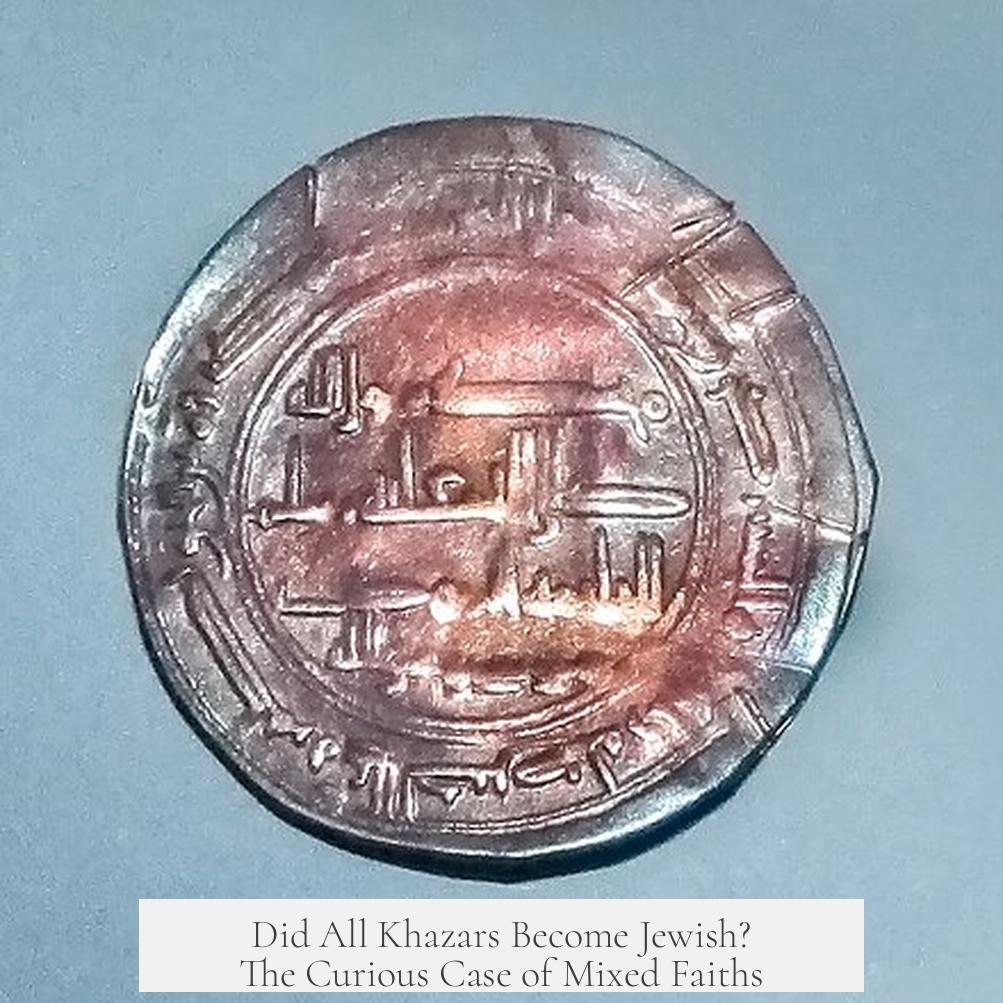
Here’s where things get fascinatingly complex. While a large portion of the ruling elite accepted Judaism, the extent to which this filtered down to common folk is still hotly debated. Some argue it was mainly an elite phenomenon used for political advantage—possibly to assert independence from Christian Byzantium and the Muslim Caliphates. Others hold out hope it had broader influence.
But evidence remains murky on how deeply Judaism penetrated Khazar society. Was it a spiritual awakening or a savvy political move? Scholars haven’t reached consensus, and maybe that’s what keeps this story alive and so juicy for historians.
Byzantines and Khazars: A Historical Game of Alliances and Marriages
Now, to the eyebrow-raiser itself: why would the notoriously anti-Jewish Byzantine Empire ally with a Jewish Khazar kingdom and even engage in intermarriages?
The simple answer: timing and realpolitik.
The Khazar-Byzantine alliance predated the Khazar conversion or at least remained intact during the early stages. By the 9th and 10th centuries, the alliance had cooled off, largely dissolving around the time the conversion became prominent.
The Byzantines were pragmatic. Their initial partnership with the Khazars was strategic: a bulwark against fellow rivals like the Muslim Caliphates and nomadic steppe groups. Marriages between Byzantine nobility and Khazar royalty occurred before or during early phases of the conversion, rooted more in diplomacy and alliance-building than religious solidarity.
Plus, the Byzantines’ paranoia about Jewish communities cohabiting their territories didn’t necessarily extend to their diplomatic dealings. They could tolerate or even court alliances with a Jewish polity if it served their political aims—think of it as ancient realpolitik with a twist of religious contradiction.
The Byzantine Shift: From Allies to Adversaries
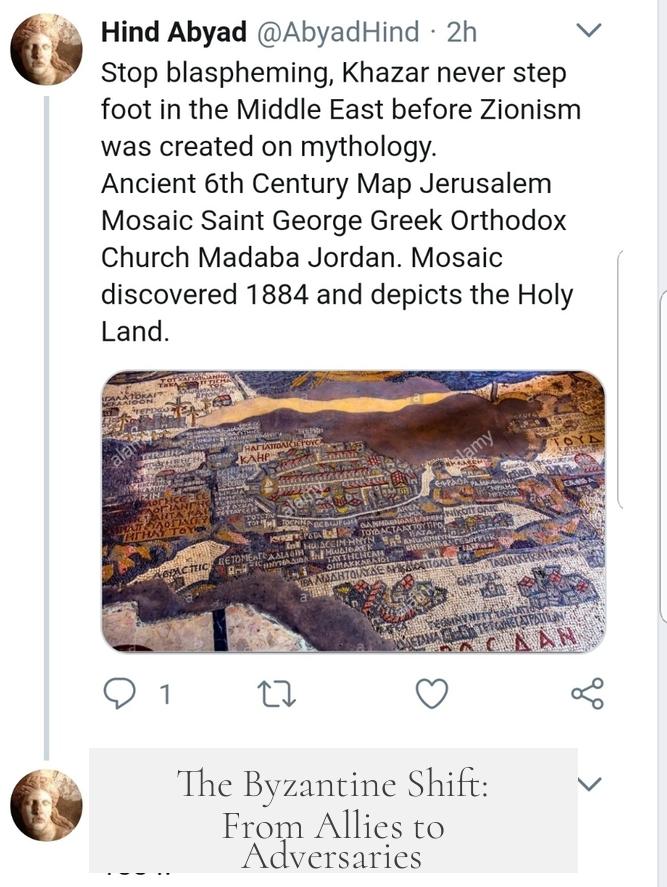
By the 9th and 10th centuries, the Byzantines grew colder toward the Khazars. They began supporting rebellions among Khazar-vassal tribes like the Alans. This suggests the earlier alliance was fragile and transient, likely fractured by the changing religious landscape, shifting power structures, or perhaps Byzantine discomfort with a Jewish neighbor’s rising influence.
Unfortunately, there’s no smoking sword—or scroll—that fully explains why Byzantium married into a Jewish Khazar family despite official anti-Jewish policies. Some scholars admit that the specifics remain mysterious and complex. This diplomatic paradox reminds us that history isn’t always neat or ideologically consistent.
Beware of Distorted Narratives
One cannot discuss Khazar Judaism without acknowledging the persistent misuse of this history. Certain antisemitic and anti-Zionist authors have twisted the Khazar story to wrongly claim that European Ashkenazi Jews descend solely from Khazars, aiming to delegitimize Jewish heritage. Modern genetics and literature refute this sharply. Most experts dismiss the Khazar-origin hypothesis for Ashkenazi Jews as pseudohistory.
Sadly, some Jewish scholars downplay or deny the Khazar conversion to avoid these misappropriations. However, that represents a minority view. The balanced scholarly consensus supports the genuine Khazar Jewish connection.
Why Does This Matter Today?
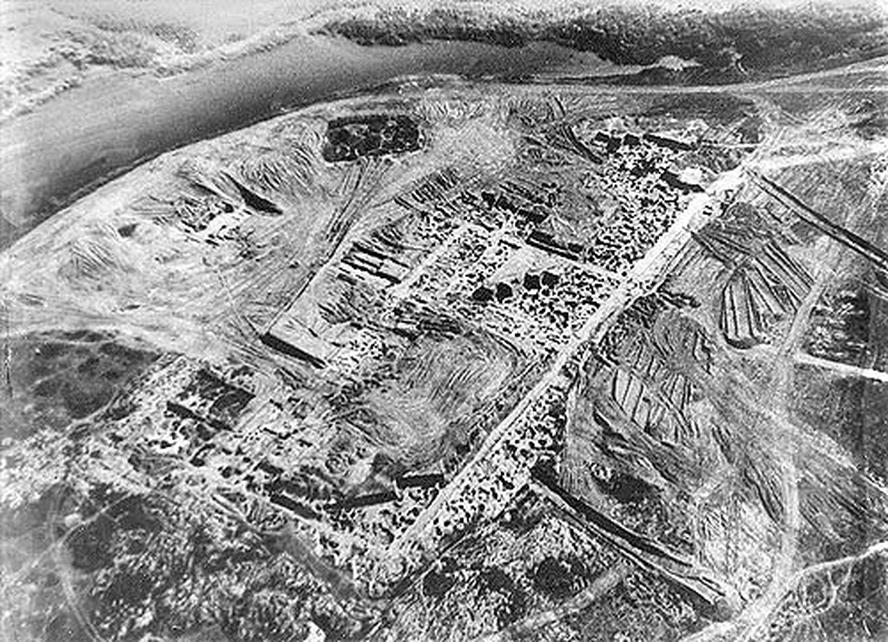
This case holds lessons beyond medieval intrigue:
- Religious pluralism: The Khazars modeled a society where multiple faiths coexisted peacefully—a rarity in medieval world politics.
- Politics trumping religion: Byzantium’s pragmatic alliances show how power dynamics often overshadow ideology or prejudice.
- Beware historical distortion: The Khazar story illustrates how history can be weaponized for modern political agendas and why careful scholarship is essential.
Want to Dive Deeper?
For a solid overview accessible to non-experts, grab Kevin Alan Brook’s The Jews of Khazaria. For scholarly depth on religious tolerance among the Khazars, look into the works of Peter Golden and Thomas S. Noonan.
In Conclusion
The theory that the Khazars converted to Judaism is highly likely and well-supported by multiple forms of evidence. However, full conversion across society remains uncertain. The Byzantine alliance with the Khazars predates or coincides with the conversion but dissolved as relations soured—highlighting the realpolitik of medieval diplomacy, not simplistic religious solidarity.
So next time you hear about these medieval steppe warriors turning Jewish and befriending their foes, remember: history loves complexity and refuses to conform to easy answers. It’s part detective story, part political thriller, with a splash of religious mystery—and hey, isn’t that how the best stories go?
